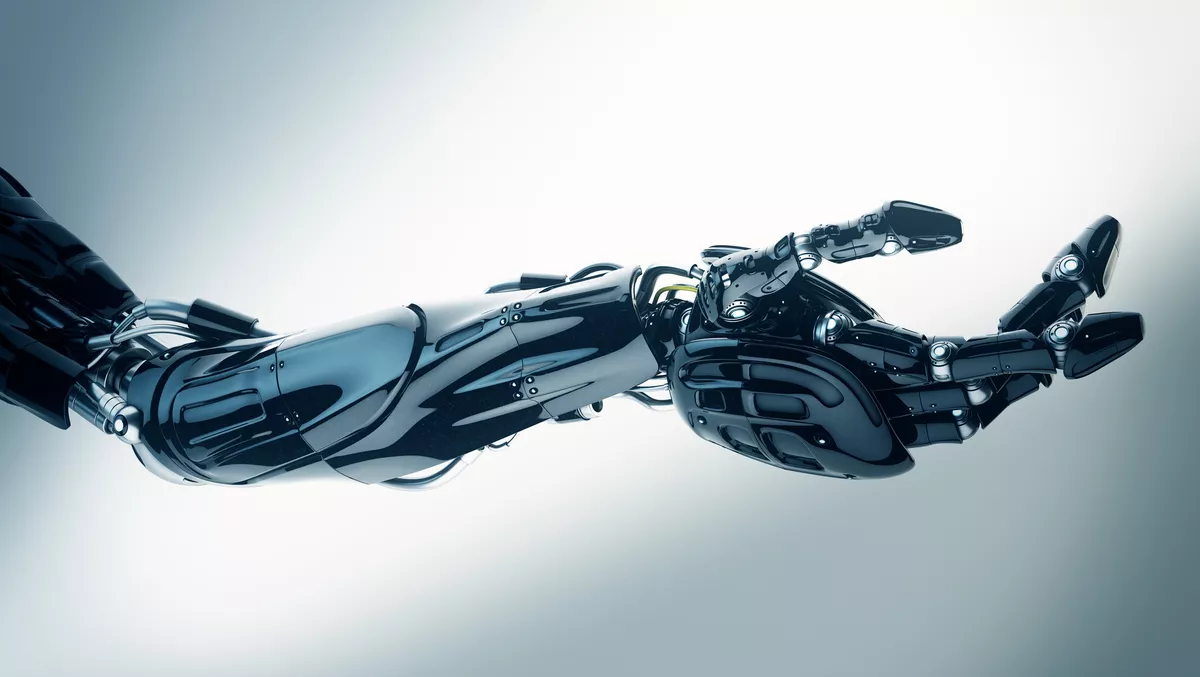
Robotics automation: Current thoughts, expected trends, and meeting consumer demands
As companies seek to not only survive, but thrive in these disruptive times, many are looking to automated systems for their labour-strapped warehouses and distribution centres.
Robotics has always been a showpiece for automation systems — watching a robot automatically pick up products, pivot swiftly, and place them neatly together, ready for dispatch over and over can be fascinating. But there is certainly more to their capabilities than that.
Robotics in automation offer tangible benefits in the supply chain – but what are the expected trends for the future, and what do they mean for companies looking to introduce robotics into operations to meet consumer demand?
What benefits robotics can provide today
For many companies (if not most), automation has long been a key part of their business strategies. If anything, the pandemic has accelerated a business case for full-enterprise automation solutions. Consequently, robotics-based solutions are being thought of less as future-need but rather as something that needs to be implemented now.
Robotics is a subset of automation – though not all automation is robotically designed. Robotics is not a requirement for integrated automation solutions but can provide real value for many applications. For example, robotic technology has matured from decades of manufacturing automation into a viable tool for order fulfilment.
Robotic storage
Robotic storage solutions provide high-rate handling of cartons or bins that provide precise sequencing in smaller spaces and with greater operational flexibility than traditional warehouse storage in racking or shelving.
These robots move inside or above compact product storage, retrieving products rapidly and in a specific order, making these systems powerful engines for warehouse fulfilment operations.
Whether feeding products to order fulfilment stations, automated pallet building systems, automated replenishment, or straight to despatch as order buffers, these automated systems are a sure-fire way to streamline operations.
Robotic palletisation
Robotic systems now operate across warehouses and distribution centres worldwide with 24/7 operationality and extremely high accuracy. Automation systems featuring robotic palletisation present a more practical application for current technology, including in mixed case palletising applications.
Recently, Dematic worked with ODW Logistics, a third-party logistics company, to implement a mixed case robotic palletising system that automatically fulfils online orders for beverage cartons.
When an order is received, software sequences the cartons to release in carton sizes from largest to smallest, allowing the robot to optimally build pallets with up to three cartons at a time.
The smart software in a robotic mixed case palletising system allows for pallets to be planned and built for optimised high-density, match store layouts for more efficient shelf replenishment, and account for crushability and any product mixing restrictions.
Robotic transportation
Automated guided vehicles (AGVs) are robotic forklifts used in various industries to transport and store products and materials. Equally, at home in factories, warehouses, and distribution centres, transportation robots are a safe and secure way to increase process efficiency and improve business profitability – all without human intervention.
AGVs can automatically lift and move goods, carry loads to and from racking, store, and retrieve in block-stack or deep-stack lanes, transport loads over long distances, and transfer loads to and from conveyors workstations or even other robotic systems.
Where robotics is heading in the future
When discussing robotics, the question is often asked – "Will a completely automatic, no human intervention, lights-out facility ever be possible?". The short answer is no, not 100%. People will always be needed to manage and maintain the facility. However, as far as daily operations go, it is a possibility.
As technologies continue to develop and improve, we can expect more complex operations that accommodate larger variations in SKU size, shape, weight, and number.
What is clear is that robotics isn't about replacing workers, it's about creating opportunities. Many developed countries are facing near and long-term labour shortages. In many cases, robotics can help fill that need, allowing companies to continue to meet customer demand.
People and robotics
Rather than taking away jobs, robotic automation creates roles for workers in operation support and maintenance — higher-paying and more rewarding jobs that can help companies attract and retain valued employees.
The future for robotics isn't binary (as in, either people or robotics) but a shared "cohabitation" ecosystem, where humans and robots interact in a shared space.
Automated systems can work alongside a human workforce while also enhancing health and safety protocols for workers in the warehouse. Thanks to their accuracy and safety features, warehouse robotics create a safer working environment, with no accidental collisions and zero damage to products.
But as we move into the future with robotic applications, advancements in productivity and safety will depend on software, specifically developments in Machine learning (ML) and AI.
ML will allow robotic systems to learn and adapt without following explicit instructions by instead using algorithms and statistical models to analyse and draw inferences from patterns in data. AI will empower robotic systems to improve by continuously fine-tuning operational processes.
Implement and adapt for the future
While robotics may be fascinating to watch, how well do they meet a company's need to manage its space, drive growth, gain efficiency, and empower its people? The real value of any automation solution (including those with robotics) comes from how well it is implemented and maintained as part of a company's entire supply chain ecosystem.
Careful planning is needed — from design and implementation to operation and eventual upgrades, but for those companies that invest wisely, not only can robotics, software, and automation be a solution to current challenges, but they can also help companies adapt quickly to the future.


